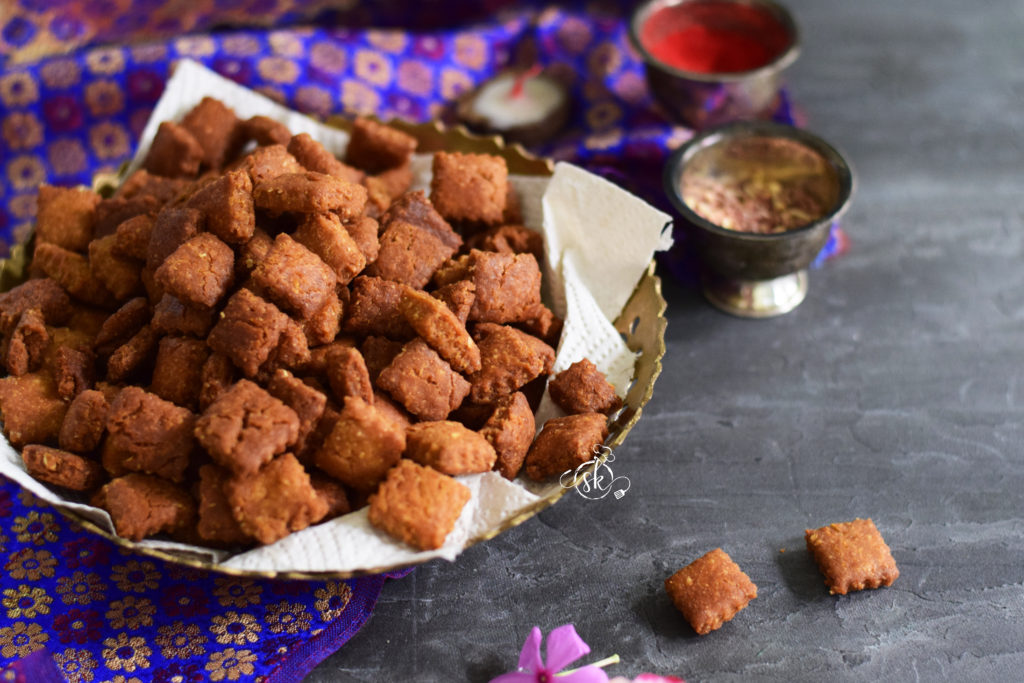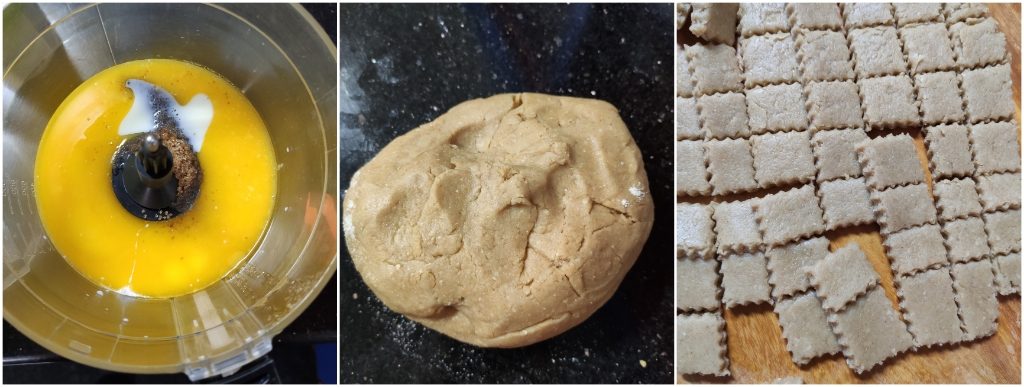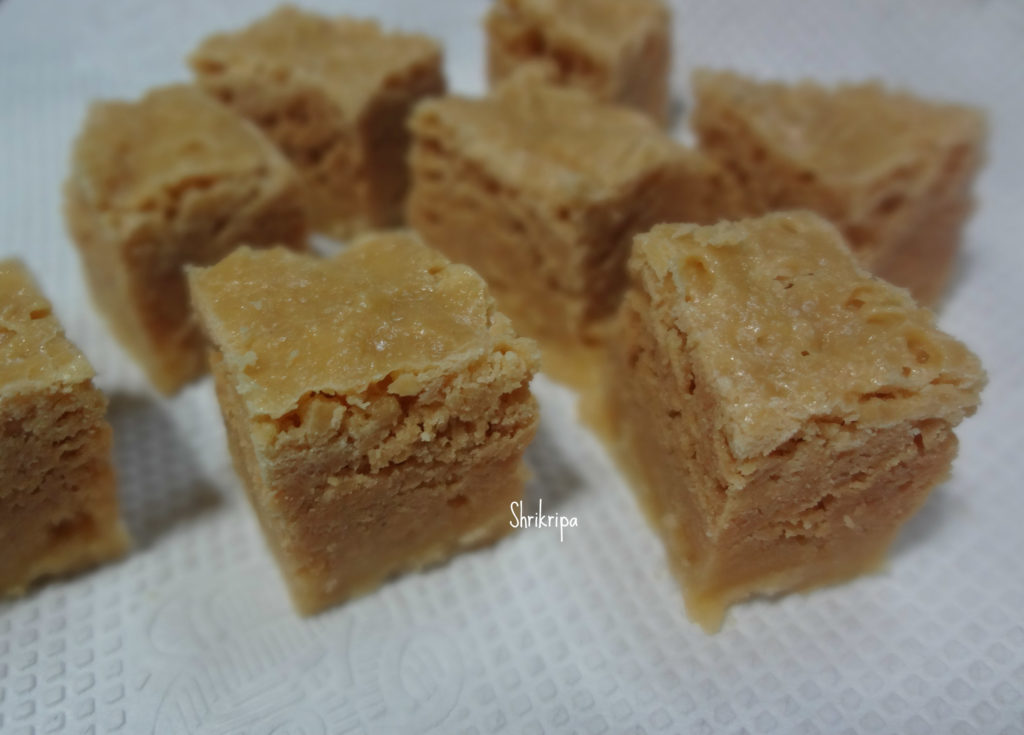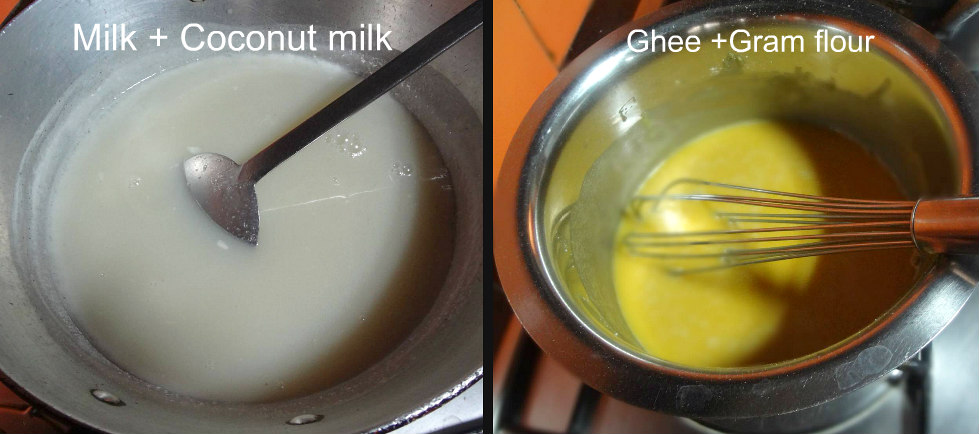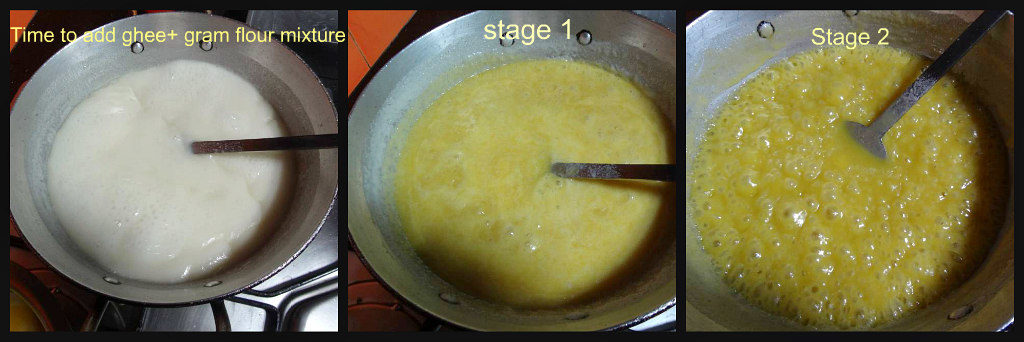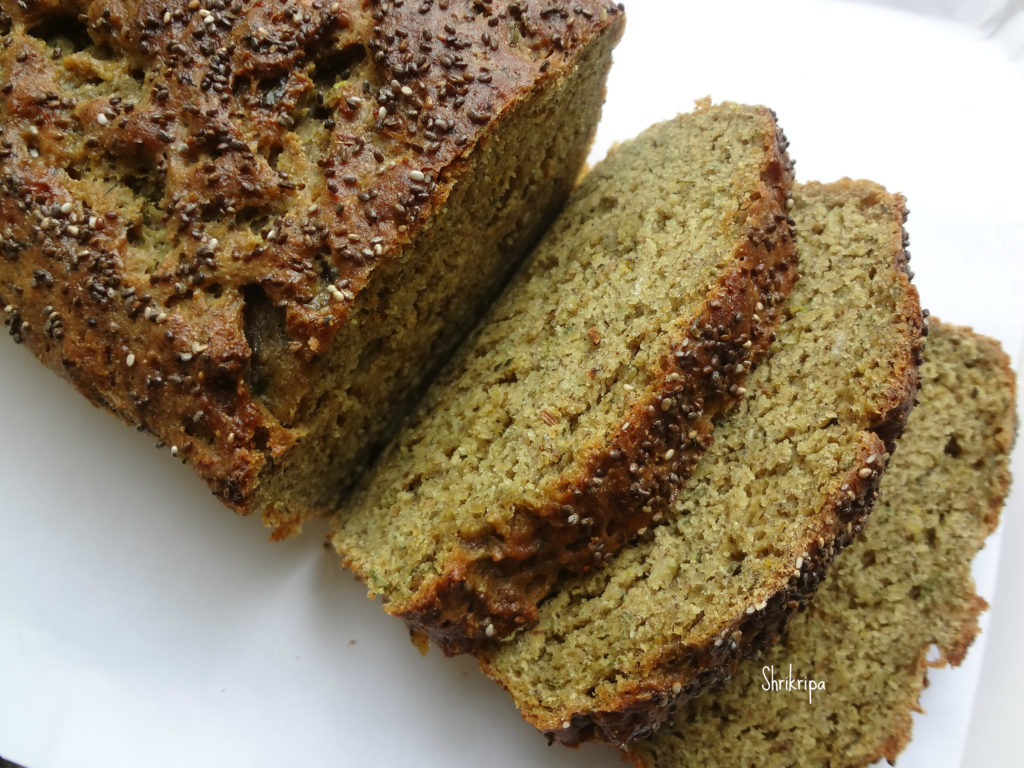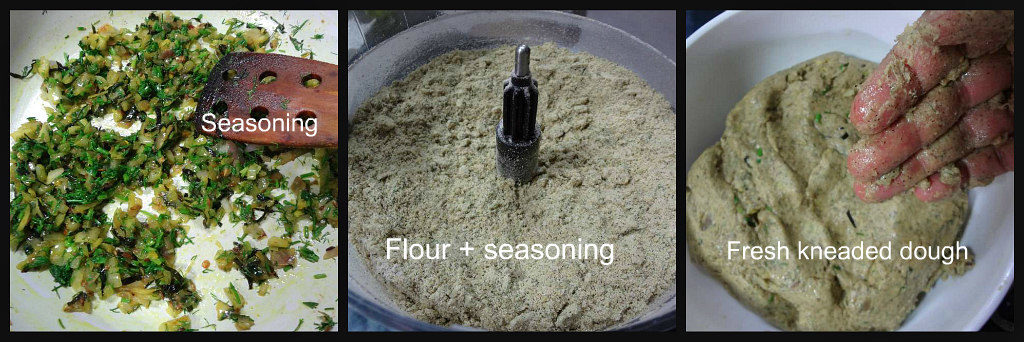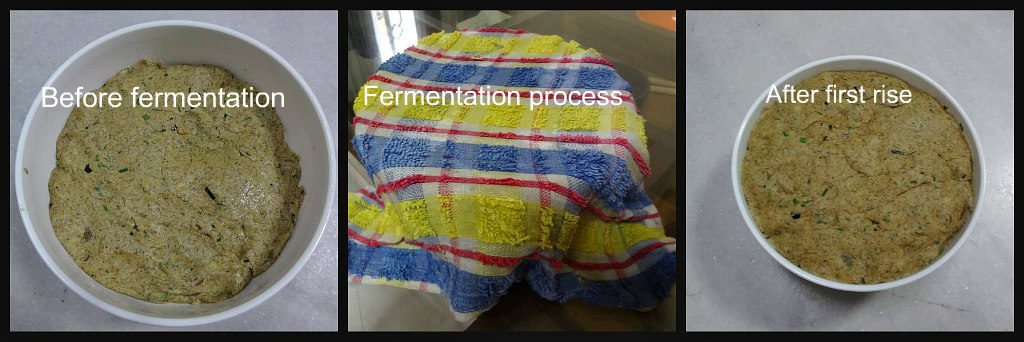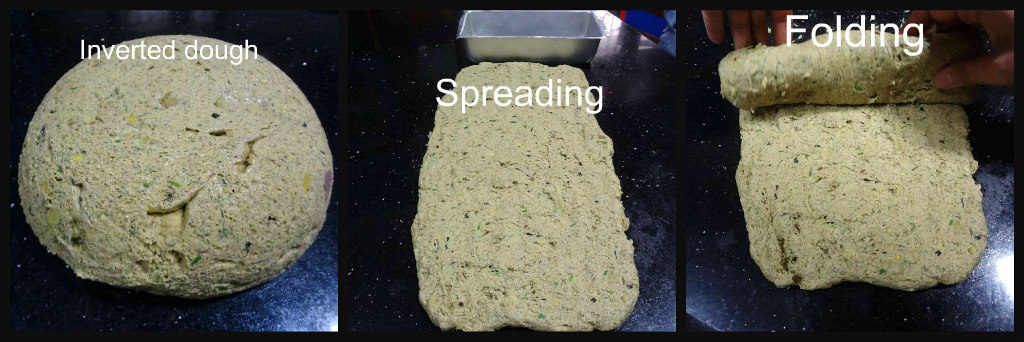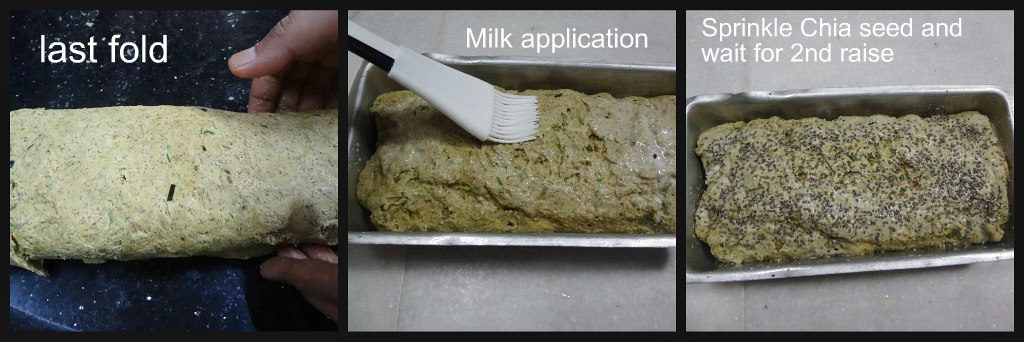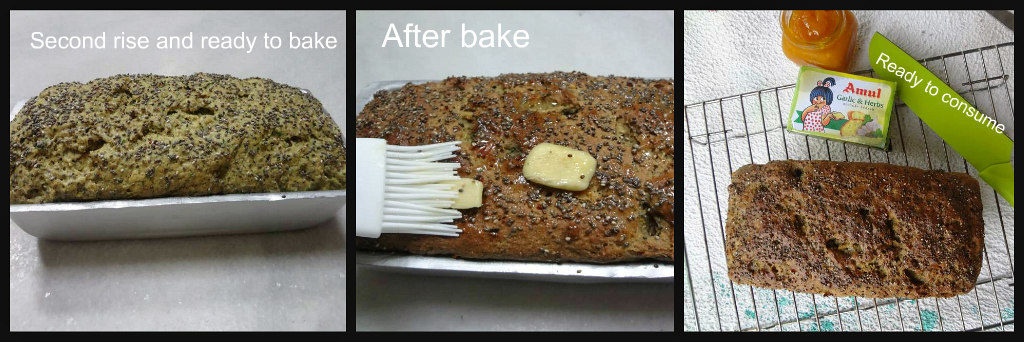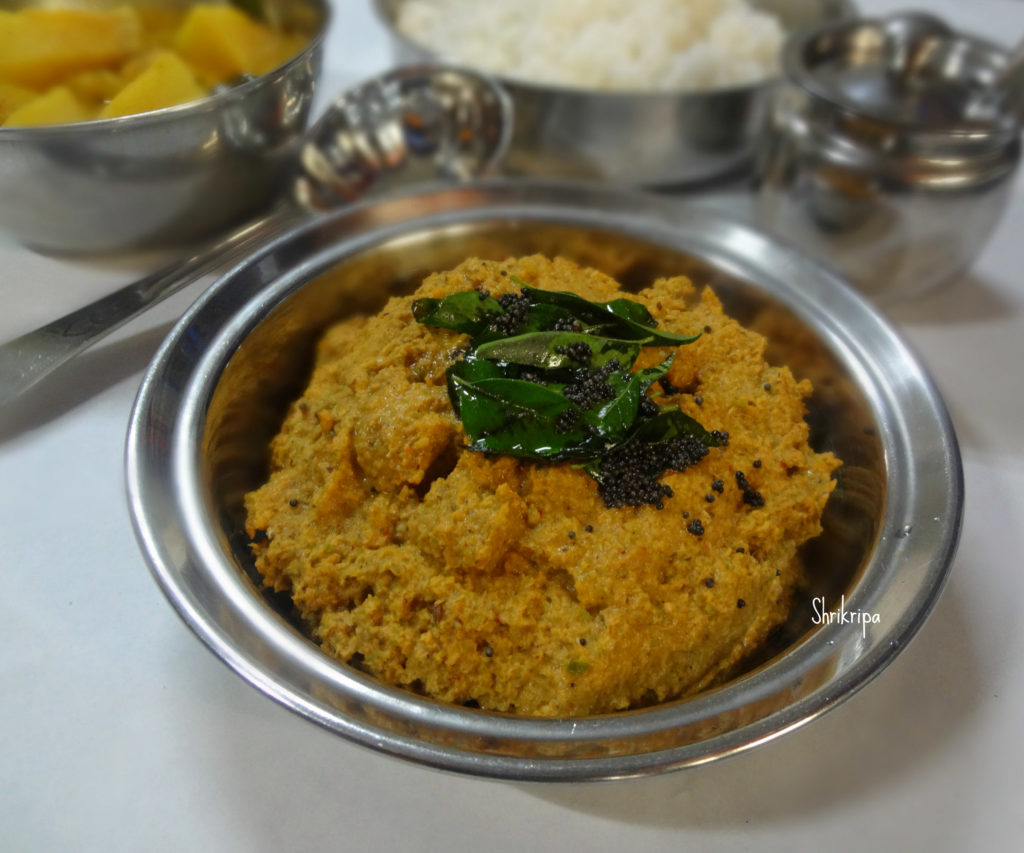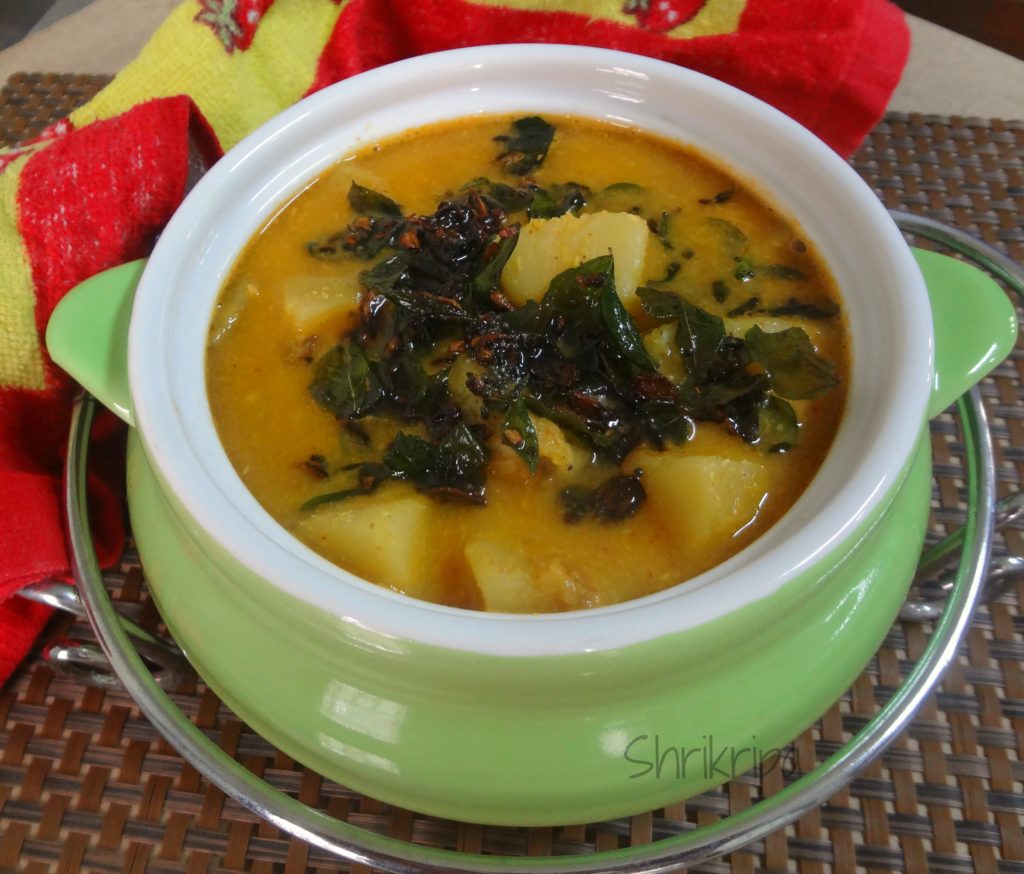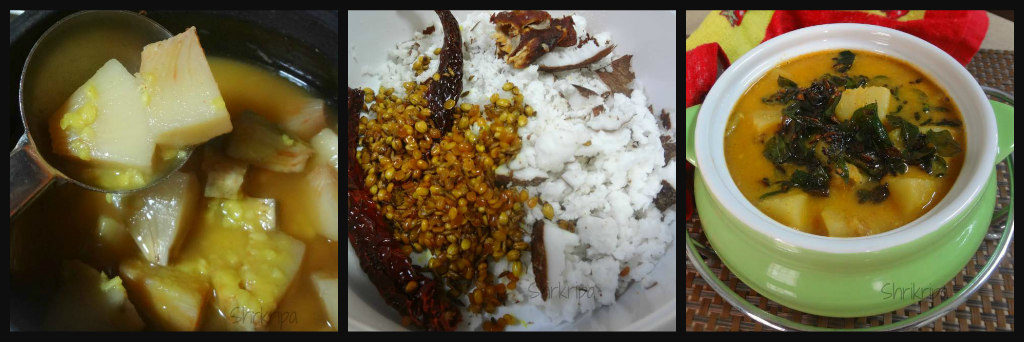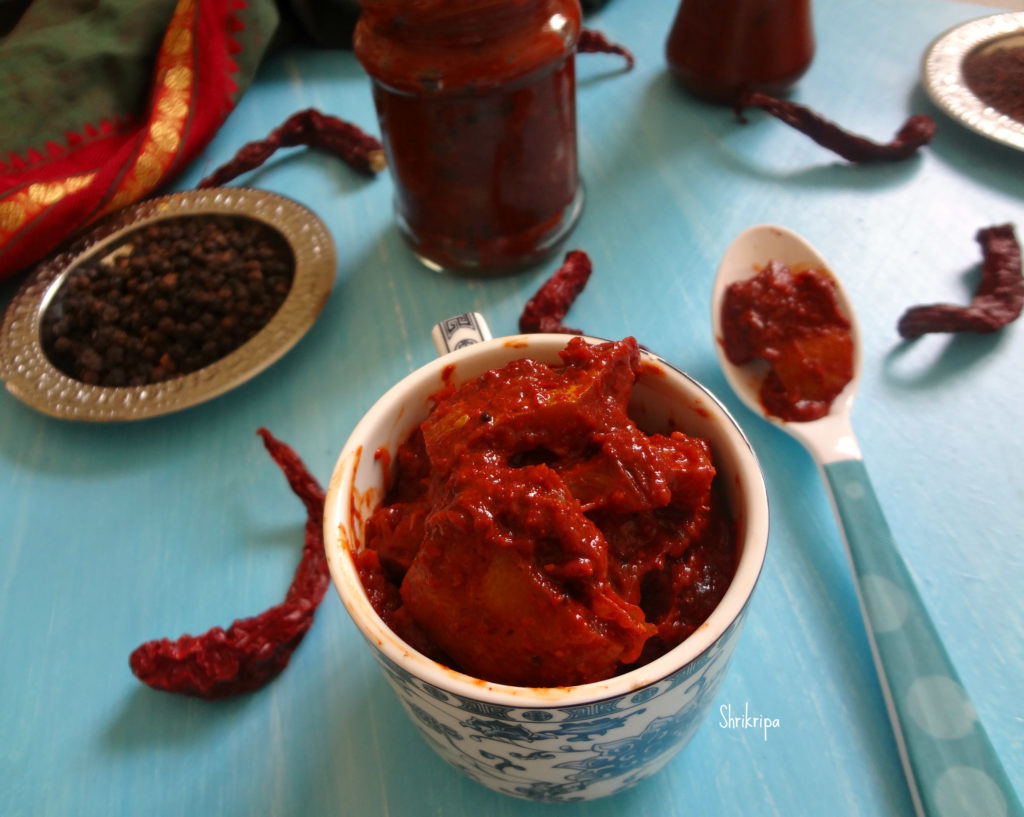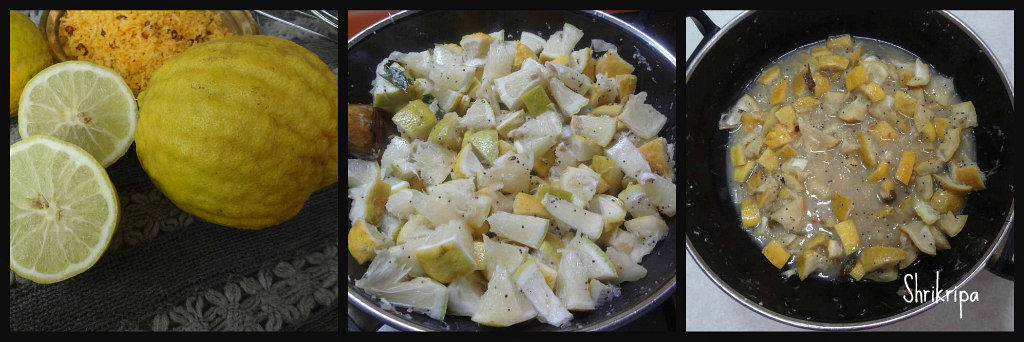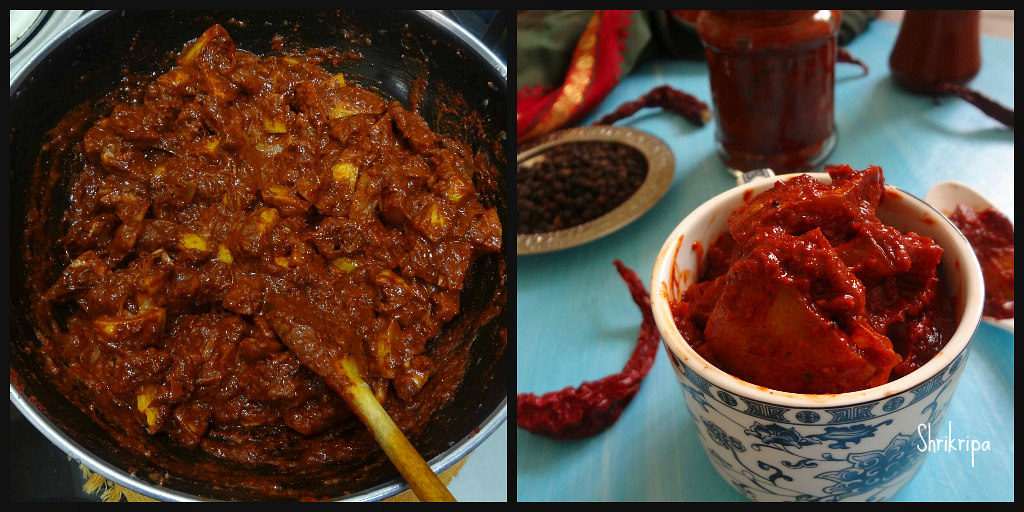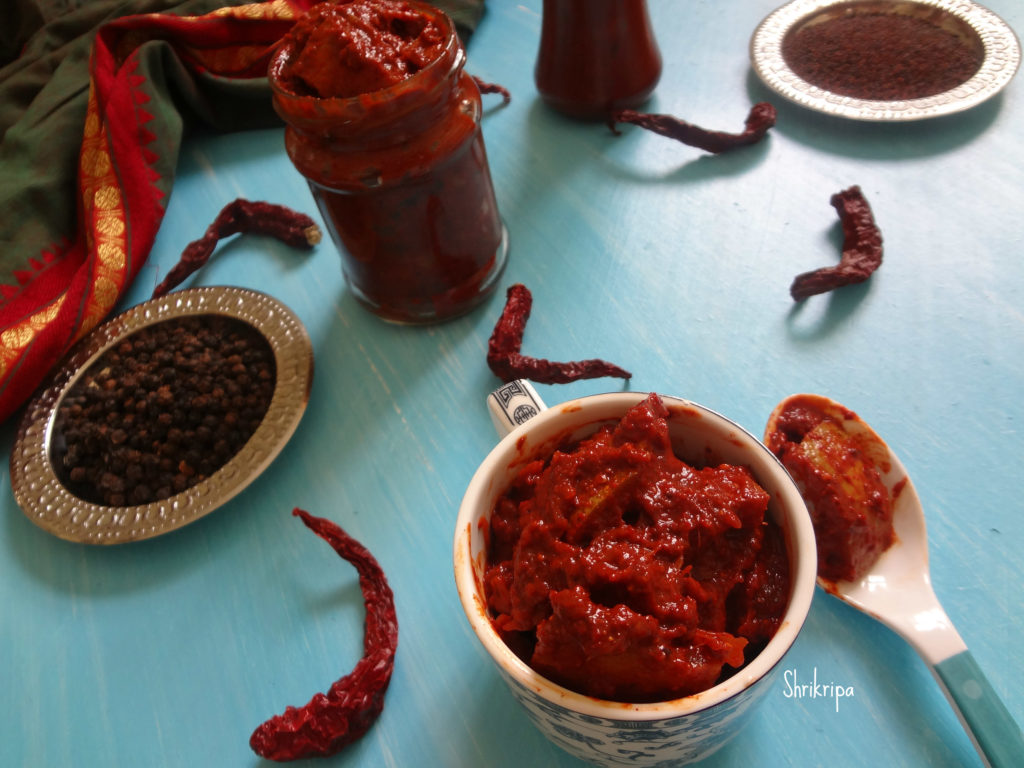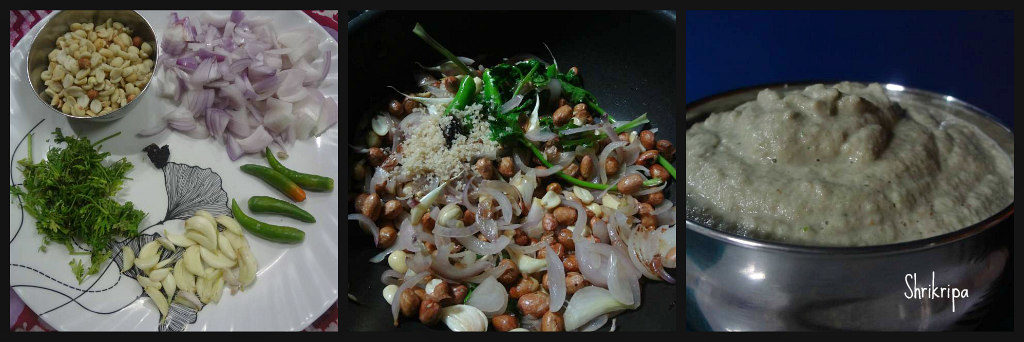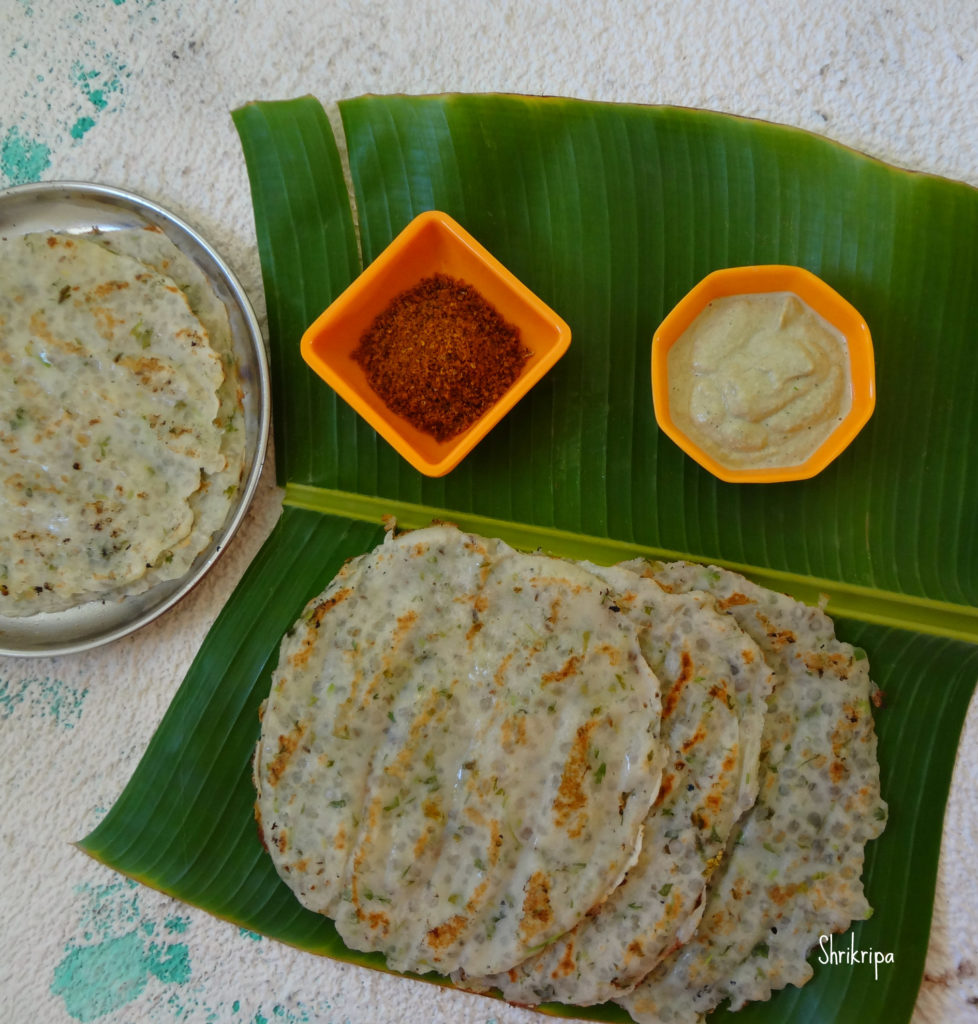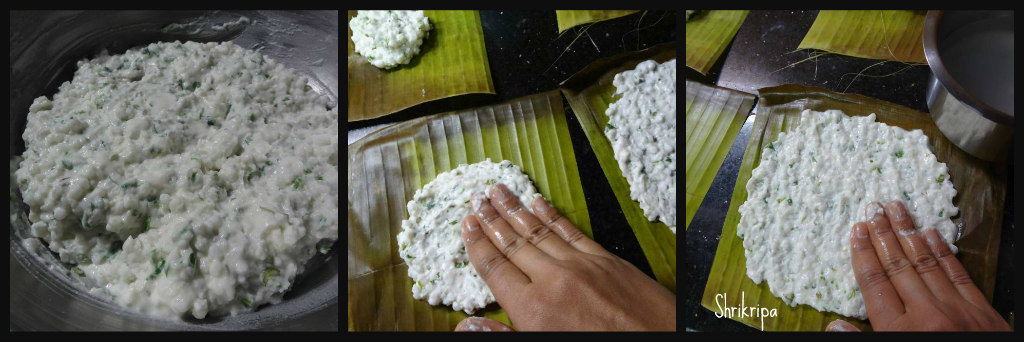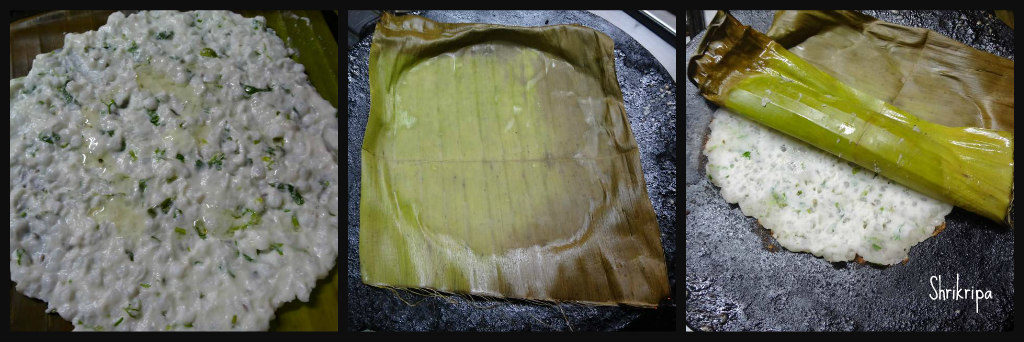Chiwda or Chivda is an integral part of Diwali festival. It is nothing but savoury rice flakes or Poha. This is not the usual deep fried one. It is a melt in the mouth kind, is very low in calories and is a light snack. My mom used to make this with Nylon Poha or super thin Poha.
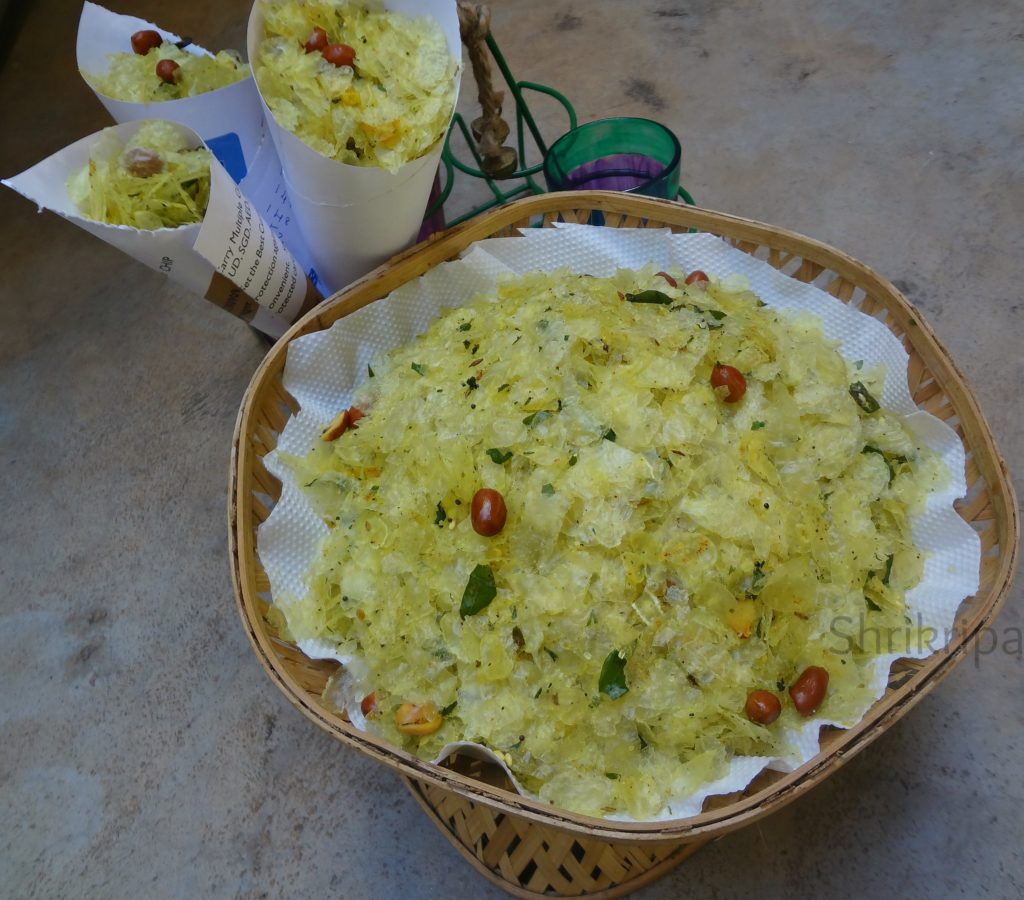
This is how my mom used to make it-
Ingredients:
Nylon Poha /Paper thin poha – 500 Grams
Tamarind powder or Amchur powder – 2 tsp.
Salt – to taste
Sugar powder – to sprinkle.
Seasoning:
Oil – 4 tbl sp
Peanuts – 4 tbl sp
Mustard- 2 tbl sp
Cumin- 1 tbl sp
Hing – 1 tsp
Curry leaves – 7 -8 springs
White sesame seeds – 2 tbl sps
Turmeric powder – 2 tsp
Green chillies – 3 -4 Chopped
Dry Coconut bits – 3 tbl sp
Coriander leaves – 3 tbl sp
Method:
-In the morning keep beaten rice /Poha under the sun by spreading on a thin clean cloth.
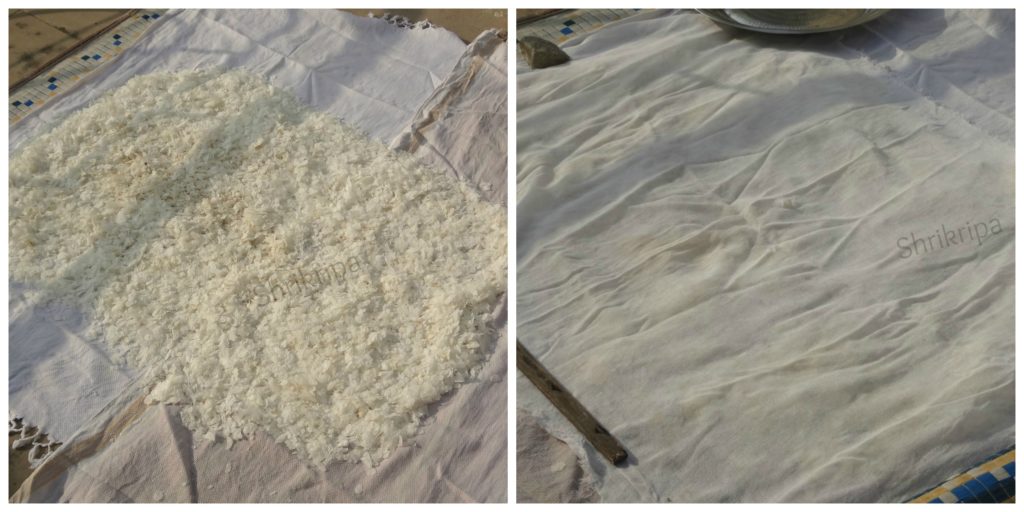
-If you want you can cover this Poha by using another thin cloth to avoid dust accumulation while drying.
-Keep this for two to three hours or until it becomes crunchy.
– When it is ready, remove from outside and keeps everything ready for seasoning.
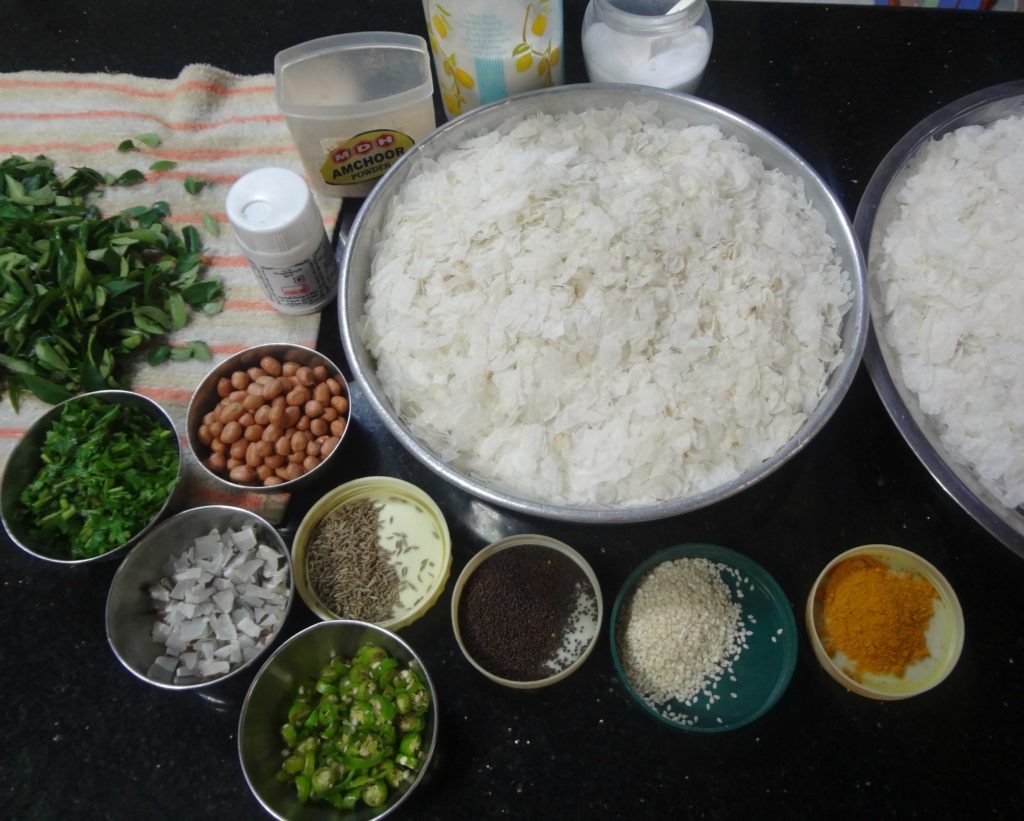
– Chop green chillies, curry leaves, coriander leaves.
– Slice coconut and make bite size pieces.
-Make sugar powder and keep aside.
-Now take one big kadai, put oil. When it is hot add peanuts.
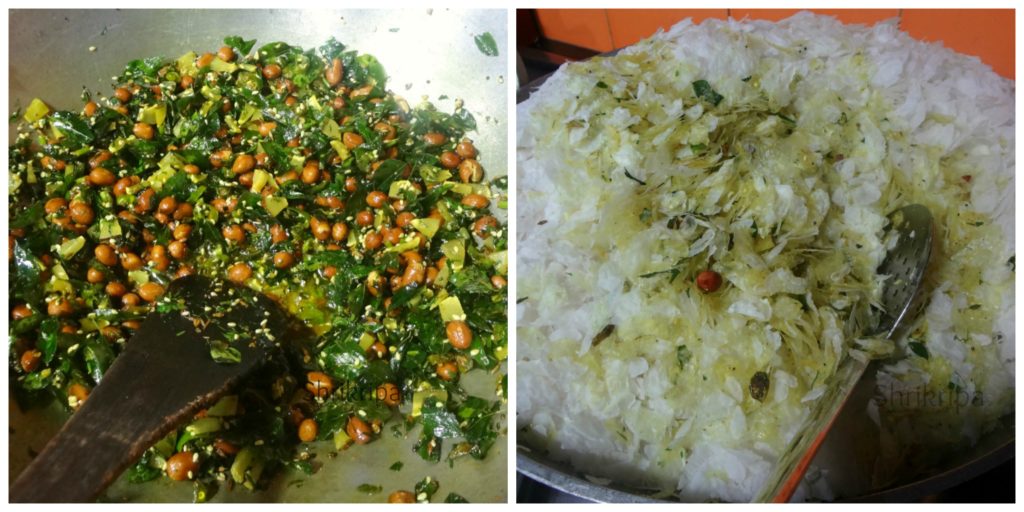
-When it is half done, add mustard. After it splutters go on adding Cumin, hing, curry leaves and green chillies one by one.
-When curry leaves become crisp add coconut bits and fry a little.
-Lastly add chopped coriander leaves and fry nicely until coconut bits becomes brown.
-Now add all the powders- turmeric, salt, tamarind and sugar.
-Switch off the gas, add sun dried Poha and mix thoroughly until it holds all the masalas.
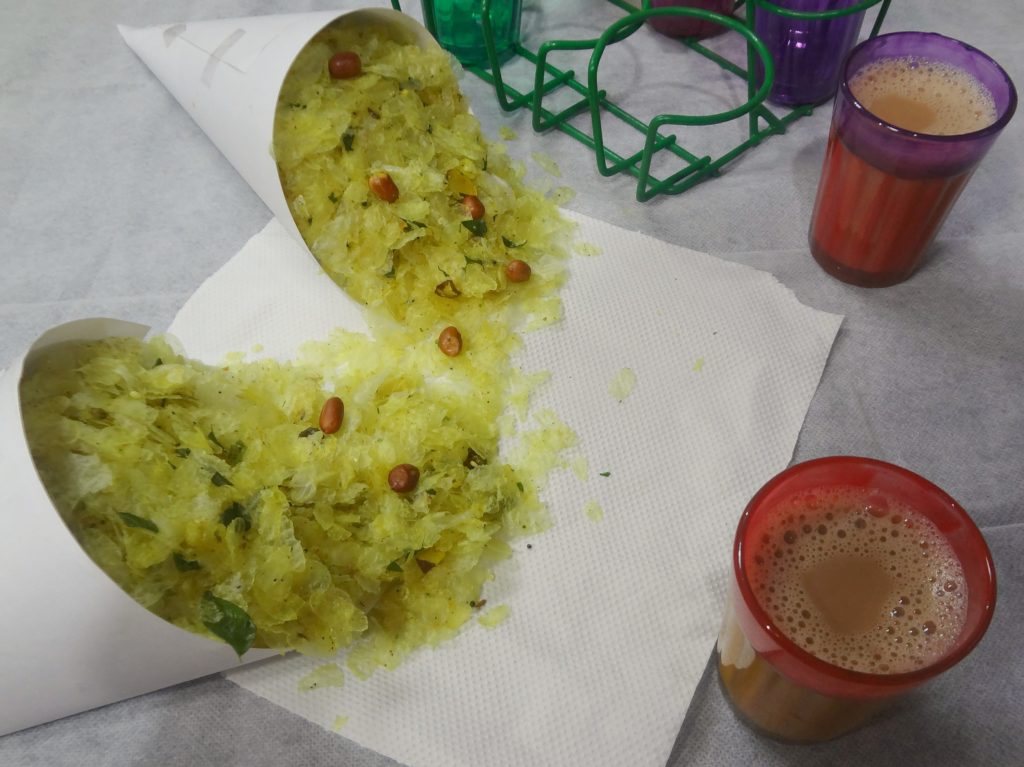
– Don’t put lot of pressure while mixing, if you do so, crunchy Poha will break and will not hold the shape.
-After mixing, cool and store this in an airtight container. This stays good for one month or more.
Enjoy this with evening tea.
NOTE: If you don’t have access to sunlight, you can roast this in kadai after doing seasoning. Keep it for some time in a low fire and make Poha crispy or use microwave for roasting before seasoning.

